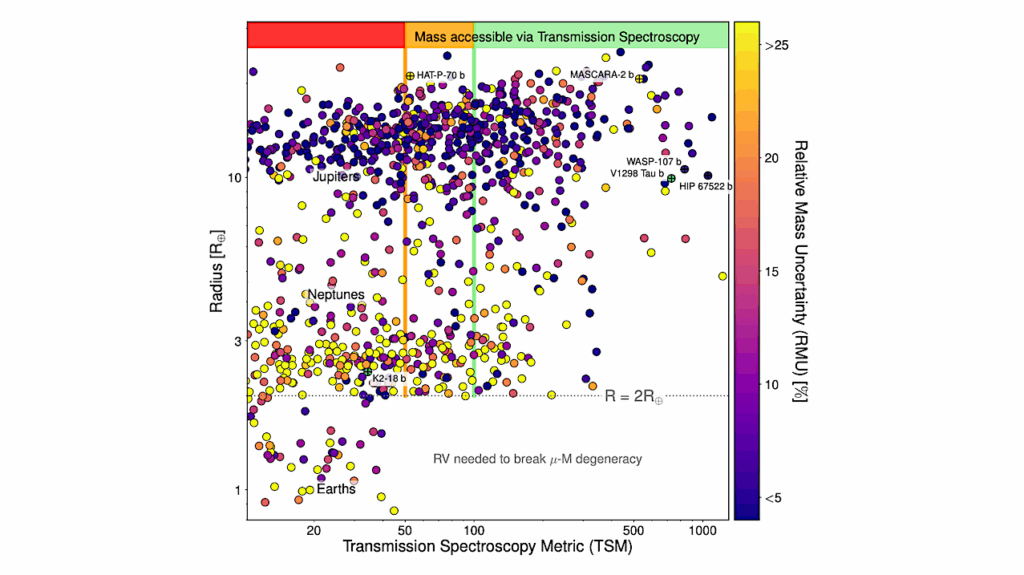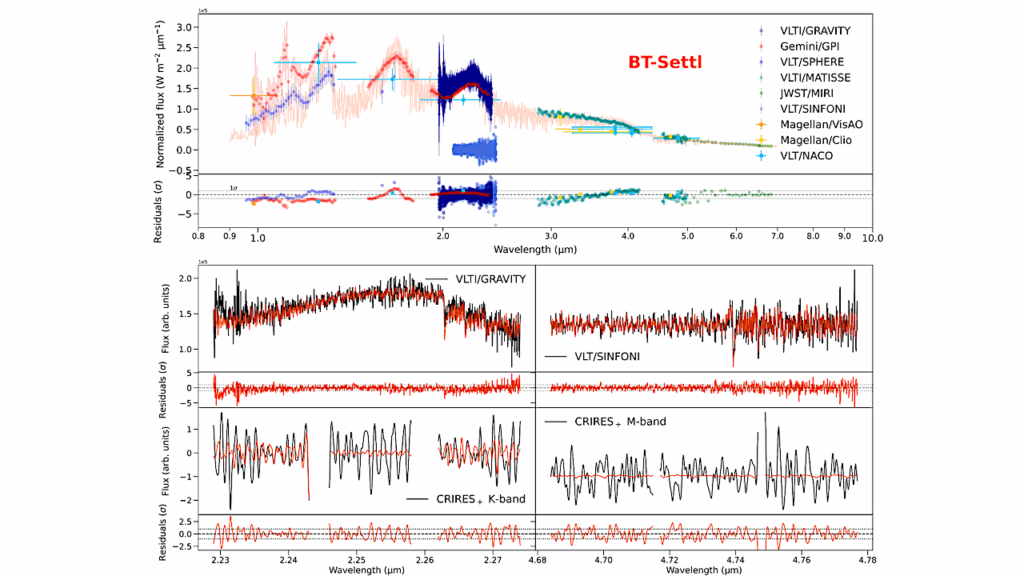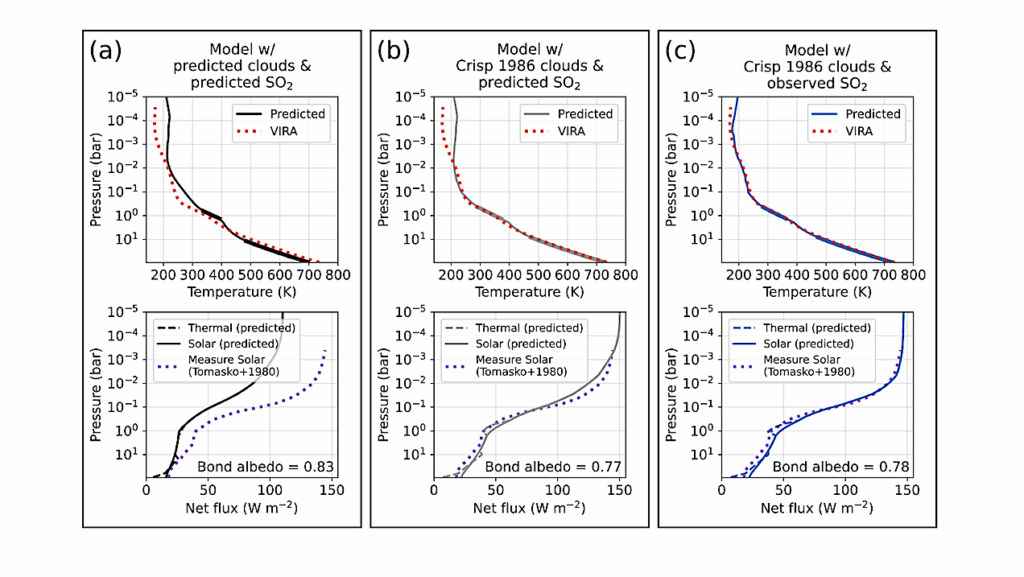A Novel Abiotic Pathway For Phosphine Synthesis Over Acidic Dust In Venus’ Atmosphere

Recent ground-based observations of Venus have detected a single spectral feature consistent with phosphine (PH3) in the middle atmosphere, a gas which has been suggested as a biosignature on rocky planets. The presence of PH3 in the oxidized atmosphere of Venus has not yet been explained by any abiotic process.
However, state-of-the-art experimental and theoretical research published in previous works demonstrated a photochemical origin of another potential biosignature-the hydride methane-from carbon dioxide over acidic mineral surfaces on Mars. The production of methane includes formation of the HC · O radical. Our density functional theory (DFT) calculations predict an energetically plausible reaction network leading to PH3, involving either HC · O or H· radicals.
We suggest that, similarly to the photochemical formation of methane over acidic minerals already discussed for Mars, the origin of PH3 in Venus’ atmosphere could be explained by radical chemistry starting with the reaction of ·PO with HC·O, the latter being produced by reduction of CO2 over acidic dust in upper atmospheric layers of Venus by ultraviolet radiation. HPO, H2P·O, and H3P·OH have been identified as key intermediate species in our model pathway for phosphine synthesis.
A Novel Abiotic Pathway for Phosphine Synthesis over Acidic Dust in Venus’ Atmosphere
Astrobiology via PubMed








